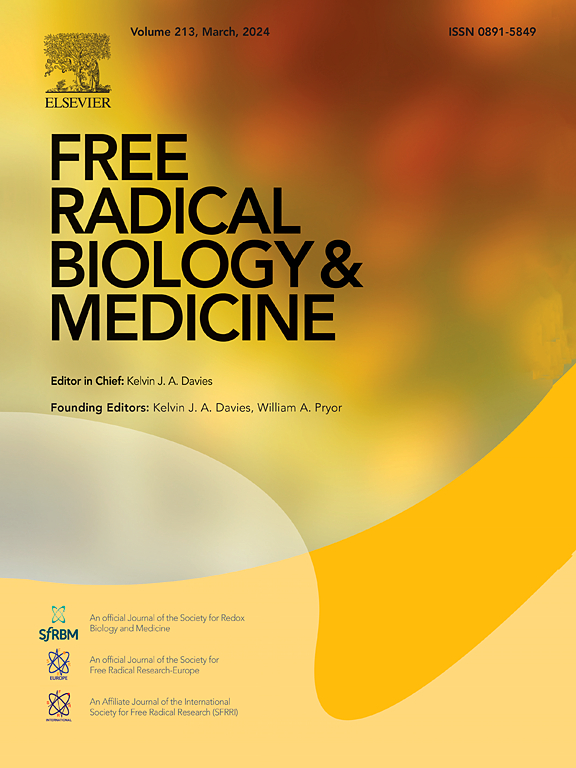The rheumatoid arthritis drug Auranofin targets peroxiredoxin 1 and peroxiredoxin 2 to trigger ROS-endoplasmic reticulum stress axis-mediated cell death and cytoprotective autophagy
IF 7.1
2区 生物学
Q1 BIOCHEMISTRY & MOLECULAR BIOLOGY
引用次数: 0
Abstract
Auranofin (AF) is a gold-based compound and it has been used in the treatment of rheumatoid arthritis for over four decades. Recently, it has been demonstrated to show significant antitumor activity across various cancer types and is being repurposed as an anticancer drug. However, the precise mechanisms underlying its antitumor effects, particularly its binding targets, remain poorly understood. Here, we demonstrate that Auranofin (AF) exerts cytotoxic effects in 786-O renal cancer cells via inducing apoptosis. Mechanistic studies reveal that AF induces reactive oxygen species (ROS) accumulation, which is a key factor in mediating AF-induced stress and subsequently apoptosis. Notably, both ROS and ER stress induce autophagy, and inhibition of autophagy further enhances AF-induced cytotoxicity. Interestingly, activity-based protein profiling (ABPP) analysis identifies two key antioxidant enzymes, peroxiredoxin 1 (PRDX1) and peroxiredoxin 2 (PRDX2), as direct binding targets of AF. Importantly, overexpression of PRDX1 or PRDX2 inhibits AF-induced ROS accumulation and subsequent apoptosis. Overall, our findings demonstrate that AF induces apoptosis by covalently binding to PRDX1/2 to inhibit its activity, leading to ROS accumulation, which triggers ER stress and apoptosis. At the same time, ER stress triggers a cytoprotective autophagic response. These findings provide novel insights into the mechanism of AF-induced cytotoxicity and suggest PRDX1/2 as critical targets for the development of anti-renal cancer therapies.

求助全文
约1分钟内获得全文
求助全文
来源期刊

Free Radical Biology and Medicine
医学-内分泌学与代谢
CiteScore
14.00
自引率
4.10%
发文量
850
审稿时长
22 days
期刊介绍:
Free Radical Biology and Medicine is a leading journal in the field of redox biology, which is the study of the role of reactive oxygen species (ROS) and other oxidizing agents in biological systems. The journal serves as a premier forum for publishing innovative and groundbreaking research that explores the redox biology of health and disease, covering a wide range of topics and disciplines. Free Radical Biology and Medicine also commissions Special Issues that highlight recent advances in both basic and clinical research, with a particular emphasis on the mechanisms underlying altered metabolism and redox signaling. These Special Issues aim to provide a focused platform for the latest research in the field, fostering collaboration and knowledge exchange among researchers and clinicians.
 求助内容:
求助内容: 应助结果提醒方式:
应助结果提醒方式:


